The iPhone XS & XS Max Review: Unveiling the Silicon Secrets
by Andrei Frumusanu on October 5, 2018 8:00 AM EST- Posted in
- Mobile
- Apple
- Smartphones
- iPhone XS
- iPhone XS Max
Camera - Low Light Evaluation
In low-light scenarios, we should see the new iPhone XS showcase significant improvements thanks to the 50% better light capture ability of the new sensor. Apple’s still only employing a f/1.8 aperture lens on the XS - so while it will improve over past phones, at least on paper it’s still at a disadvantage to say Samsung’s latest phones, which have an extra-wide f/1.5 aperture available to them.
[ iPhone XS ] - [ iPhone X ] - [ iPhone 7 ] - [ iPhone 6S ]
[ Galaxy Note9 ] - [ Galaxy S9+ ] - [ Galaxy S8 ]
[ LG G7 ] - [ LG G6 ] - [ LG V30 ] - [ OnePlus 6 ]
[ Mi MIX2S ] - [ Pixel 2XL ] - [ P20 Pro ]
In this first shot, we immediately see the new iPhone’s advantage over last year’s flagship. There is a lot more definition in the grass, less noise throughout the image, and less blown out lights in the scene.
Unfortunately, Apple is as expected still at a great disadvantage to Samsung here, as the latter is just able to give more light onto the whole scene, and the most evident, more colour to the grass. In terms of raw low light capture, the Huawei P20 Pro is still far ahead here, thanks to its massive sensor that is able to collect significantly more light.
[ iPhone XS ] - [ iPhone X ] - [ iPhone 7 ] - [ iPhone 6S ]
[ Galaxy Note9 ] - [ Galaxy S9+ ] - [ Galaxy S8 ]
[ LG G7 ] - [ LG G6 ] - [ LG V30 ] - [ OnePlus 6 ]
[ Mi MIX2S ] - [ Pixel 2XL ] - [ P20 Pro ]
At first glance, the iPhone XS didn’t shoot a much brighter picture than the iPhone X in this construction scene. Opening up the full resolution images however shows that the new XS showcases much better details and lower noise. It’s not enough to compete with the S9+, and certainly not with the insane ISO25600 shot of the P20 Pro.
It’s interesting to see the improvements over the years from the iPhone 6S on – which barely manages to capture anything in this scene.
[ iPhone XS ] - [ iPhone X ] - [ iPhone 7 ] - [ iPhone 6S ]
[ Galaxy Note9 ] - [ Galaxy S9+ ] - [ Galaxy S8 ]
[ LG G7 ] - [ LG G6 ] - [ LG V30 ] - [ OnePlus 6 ]
[ Mi MIX2S ] - [ Pixel 2XL ] - [ P20 Pro ]
The next shot is probably the only one that I found to be really problematic for Apple. Both on the iPhone X and the new XS, the resulting images weren’t consistent in consecutive shots. In four shots in a row, the iPhone XS kept changing the colour temperature. The same thing happened on the iPhone X, so I think this was part of Apple’s exposure / colour balance algorithm.
Colour balance aside, the exposure is similar between the X and the XS, and all the improvements of the new sensor go directly into improved detail and noise reduction throughout the scene, which is significantly better again compared to last year’s iPhone.
Here Apple is very close to Samsung, showcasing a bit better shadows, but still losing out in details in some parts of the scene. The P20 Pro is yet again the low-light kind here, as it just have that much more dynamic range work with.
[ iPhone XS ] - [ iPhone X ] - [ iPhone 7 ] - [ iPhone 6S ]
[ Galaxy Note9 ] - [ Galaxy S9+ ] - [ Galaxy S8 ]
[ LG G7 ] - [ LG G6 ] - [ LG V30 ] - [ OnePlus 6 ]
[ Mi MIX2S ] - [ Pixel 2XL ] - [ P20 Pro ]
Again, the iPhone’s new sensor comes into play in these concrete trucks. The XS makes very good dealing of the blown highlights present in the iPhone X shot. Samsung is able to produce more vibrancy in the blue of the trucks. Huawei’s multi-exposure computational photography night mode is the best of all phones here as it’s just able to bring out that much more from the shadows.
[ iPhone XS ] - [ iPhone X ] - [ iPhone 7 ] - [ iPhone 6S ]
[ Galaxy Note9 ] - [ Galaxy S9+ ] - [ Galaxy S8 ]
[ LG G7 ] - [ LG G6 ] - [ LG V30 ] - [ OnePlus 6 ]
[ Mi MIX2S ] - [ Pixel 2XL ] - [ P20 Pro ]
Apple's use of SmartHDR in this picture is extremely evident, as it really brings down the highlights of the lamp and brings out more shadows throughout the scene. The XS provides better detail, but it’s not as big of a difference as we’ve seen in other shots.
Apple’s usage of HDR here puts it ahead of the Samsung devices, trading blows with the P20 Pro, winning in some regards, while losing in others.
[ iPhone XS ] - [ iPhone X ] - [ iPhone 7 ] - [ iPhone 6S ]
[ Galaxy Note9 ] - [ Galaxy S9+ ] - [ Galaxy S8 ]
[ LG G7 ] - [ LG G6 ] - [ LG V30 ] - [ OnePlus 6 ]
[ Mi MIX2S ] - [ Pixel 2XL ] - [ P20 Pro ]
Finally, I wanted to test the iPhone XS to its limits and see what it can do in essentially impossible scenarios of low light.
Exposure-wise, the iPhone XS is no better than the X here. It provides better sharpness and less noise, however the image is still too dark to be of any use. I wish Apple would introduce a more innovative low light shooting mode, such as LG’s pixel binning mode. Huawei’s ISO51200 capture of this scene is just so beyond any other current phone, that it really raised the bar in what we’d normally expect to see in a smartphone.
Low-light conclusion
The new iPhone XS sensor is a great improvement to Apple’s lineup. Its advantages over the iPhone X are clearly evident in every single low-light shot, showcasing greater detail and sharpness while reducing noise. SmartHDR doesn’t seem to be something that’s solely for daylight shots, as Apple and the iPhone XS seem to make use of it in some low-light scenarios, giving the camera a further advantage over last year’s phones.
While Apple has showcased some really good progress, it’s can still lag behind low-light image quality of Samsung and Huawei’s P20 Pro. The former’s bigger aperture is just a sheer hardware advantage, while the latter enormous sensor makes use of innovative image processing to really raise the bar in terms of extreme low light photography. Here the iPhone XS is good; but it just can’t keep up.


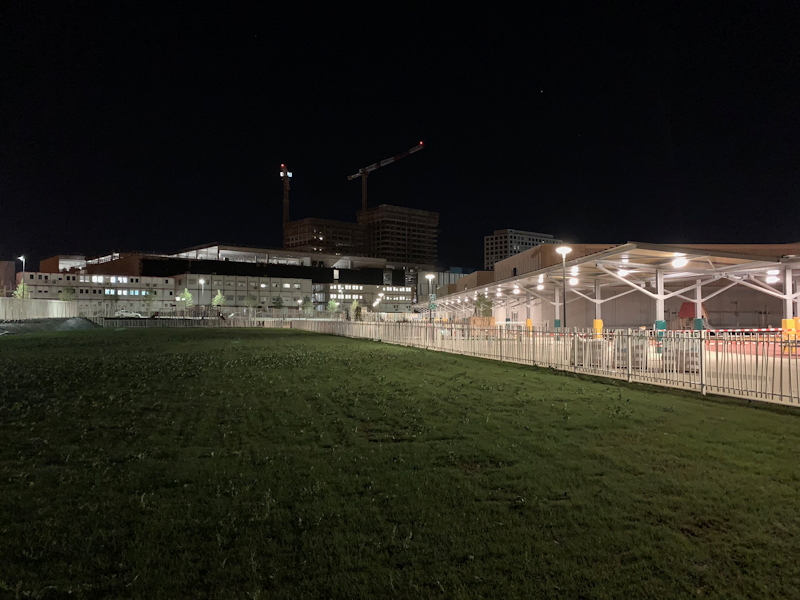
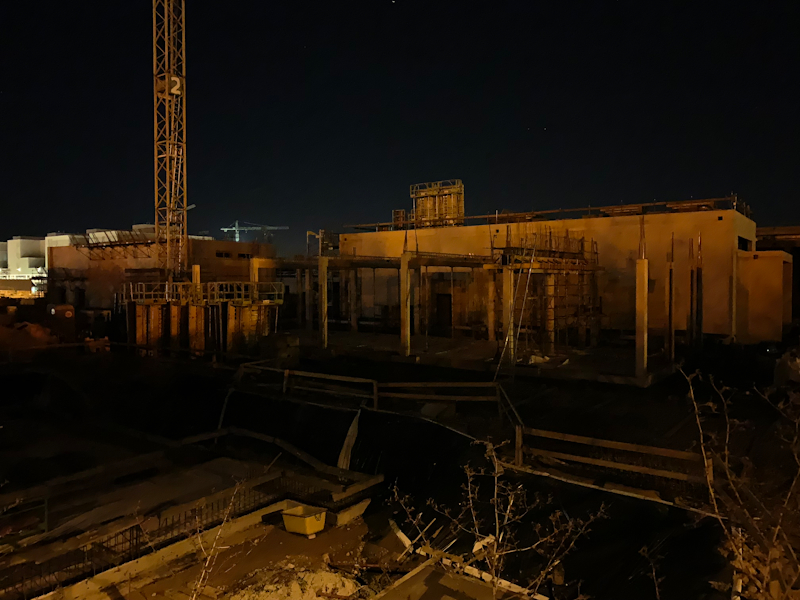
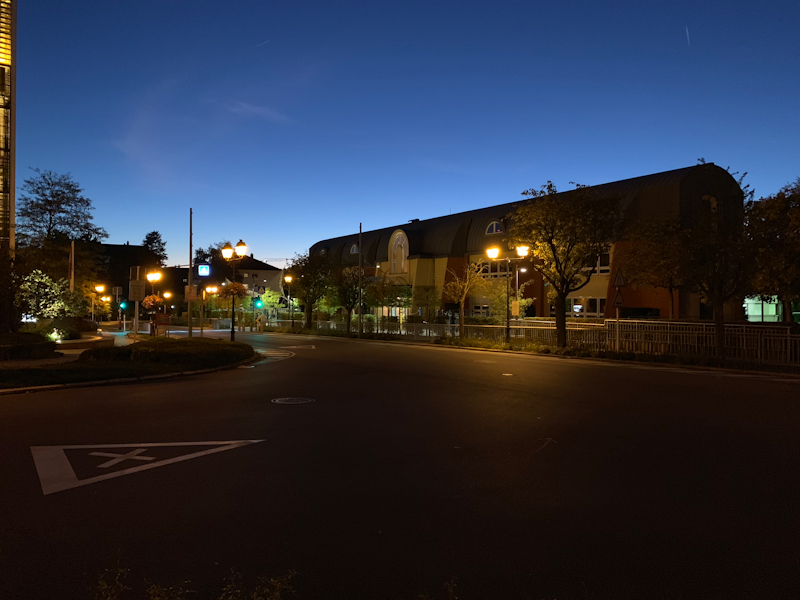
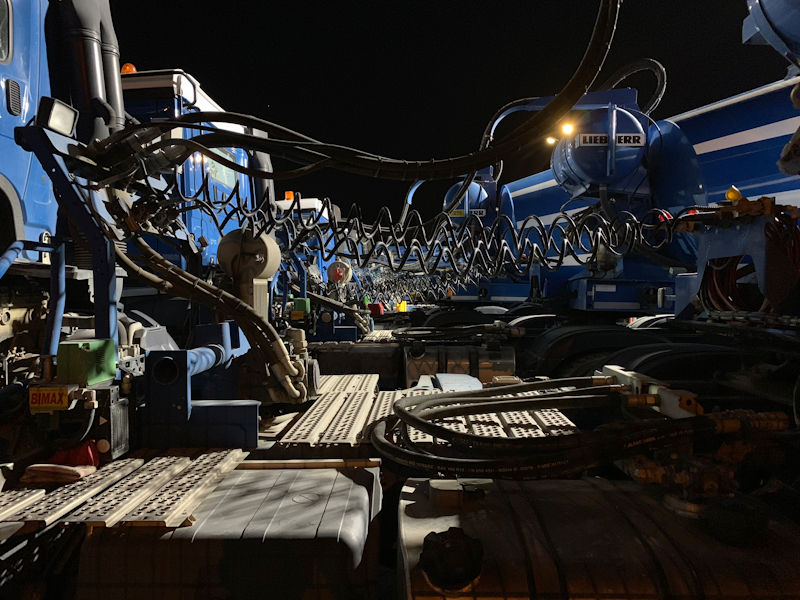
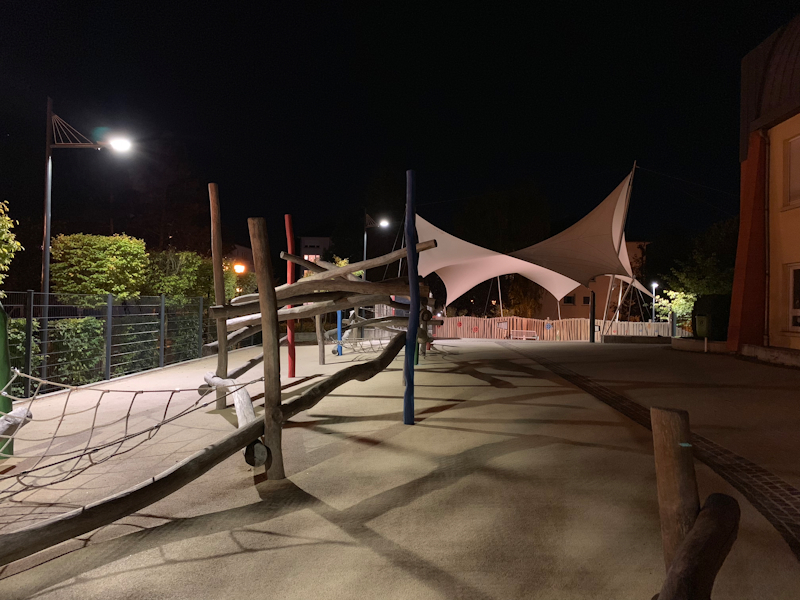
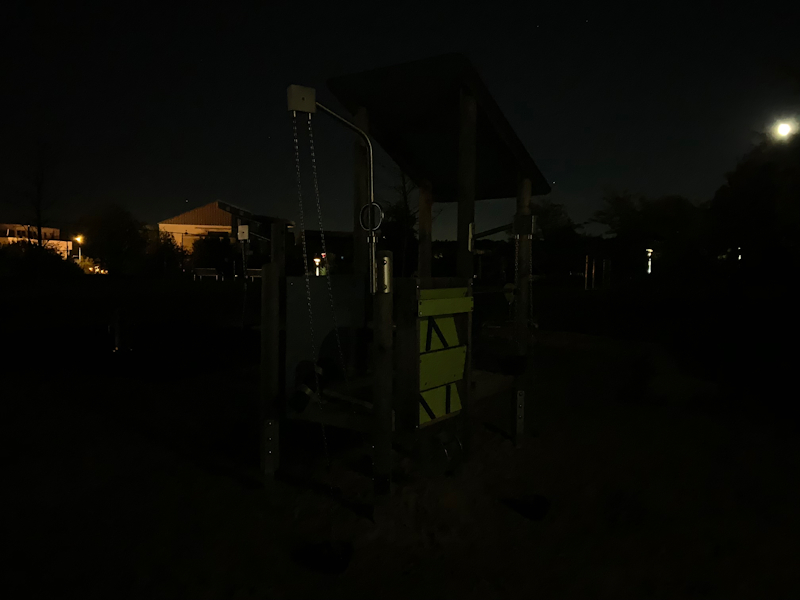








253 Comments
View All Comments
Andrei Frumusanu - Saturday, October 6, 2018 - link
Eh no, it's single thread comparisons everywhere.Alistair - Saturday, October 6, 2018 - link
Thank you for making that clear. See my below comment with links, I put your data into a chart to compare. Is it fair to say IPC for the A12 in integers, is up to 64 percent faster?Hifihedgehog - Saturday, October 6, 2018 - link
Awesome! Thanks for the clarification. So my own education, is SPECint2006 a single-threaded test by its very nature? Can it be configured for multithreaded as well? If so, do you have multithreaded results forthcoming as well? I would love to see where Apple falls in this benchmark in that area as well.Andrei Frumusanu - Saturday, October 6, 2018 - link
SPECspeed is the score of running a single instance, SPECrate is running as many as there are cores on a system.It's not possible to run SPECrate on iOS anyhow without some very major hacky modifications of the benchmark because of the way it's ported without running in its own process. For Android devices it's possible, but I never really saw much interest or value for it.
Hifihedgehog - Saturday, October 6, 2018 - link
What about joules and watts? This is what is confusing me now. Something that seems a bit suspect to me is that the average energy and joule totals are not consistently lower together. That is, expect a device that has a lower average power usage to over the duration of the test to draw less total joules of energy. Mathematically speaking, I would naturally expect this especially in the case of higher benchmark scores since the lower power would be over a shorter space of time, meaning less total energy drawn.Andrei Frumusanu - Saturday, October 6, 2018 - link
The amount of Joules drawn depends on the average power and performance (time) of the benchmark.If a CPU uses 4 watts and gives 20 performance (say 5 minute to complete), it will use less energy than a CPU using 2 watts and giving 8 performance (12.5 minutes to complete), for example.
Dredd67 - Saturday, October 6, 2018 - link
I live in France and have to deal with intel radios since a while. I'm totally baffled to read all the comments about poor reception, dropped calls, wifi going crazy like this is news.This problem has been there since the beginning of Apple using intel chips ! It's just now that Americans have to use them also that it might finallybe adressed (please keep complaining, raise awareness, file a class action, whatever it takes) but you don't realize the pain these past years have been using an iphone elsewhere in the world...
For the record, I just gave my 7 (intel chip) to my daughter who broke here phone and reverted back to an old 6plus I kept for such cases (it also uses qualcomm). In the family I'm now the only only getting rock solid wifi, no dropped calls, consistent signal strenght, on a 4+ years old phone. And all this time I thought my carrier was messing around, my orbis were crap, or I just fumbled with my router settings.
Shame on you Apple, shame on you.
Oh and don't get me started on the camera: is this really what people want ? I think it's getting worse and worse, not better. Completely artifical images, looking more like cartoons than photographs. Same for Samsung and Google's phones. Hav a look at the P20 pro for a reality check. This is what photos should look like (contrast, colors - not really dependant on the sensor size).
Great review though.
ex2bot - Sunday, October 7, 2018 - link
The Halite app devs showed off an interesting technique they’re using or working on for the XS they call SmartRAW that may offer more control over the over saturation / lower contrast issues, etc.s.yu - Monday, October 8, 2018 - link
"Hav a look at the P20 pro for a reality check."?Your reality is the smeared textureless crap with oversharpening contours along object edges? Unbelievable.
serendip - Saturday, October 6, 2018 - link
Could these amazing CPU gains be translated to a midrange chip? Technically Android could run on Apple SoCs because they're all ARM licensed cores but porcines would gain flying abilities before that ever happened.It's too bad Android users are stuck with the best that ARM and Qualcomm can do, which isn't much compared to Apple's semi design team.